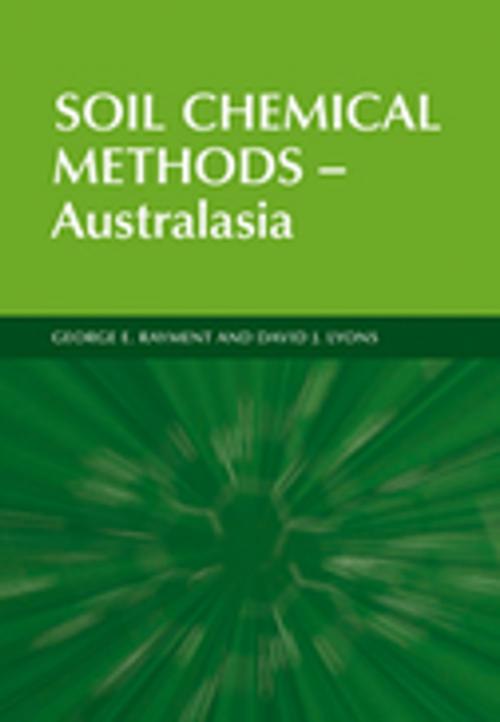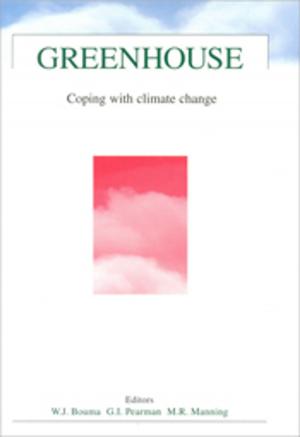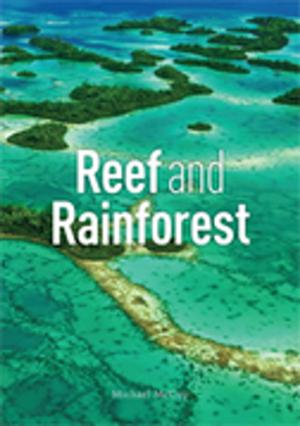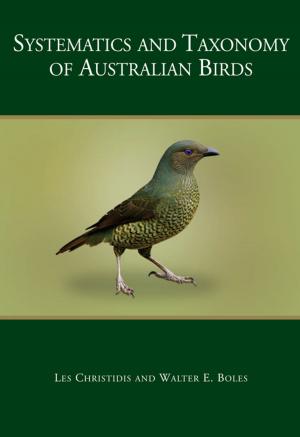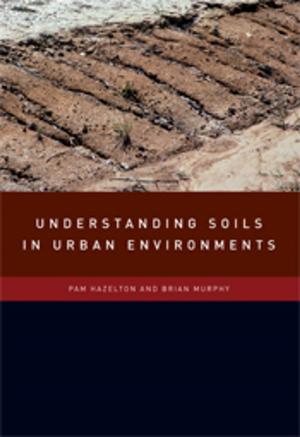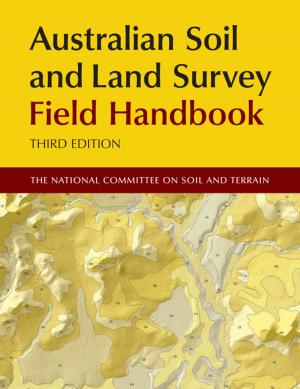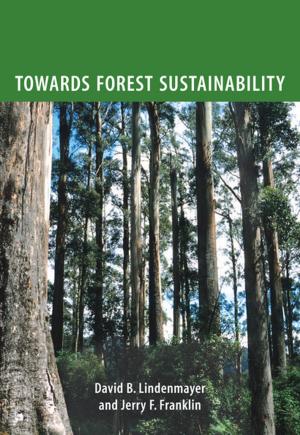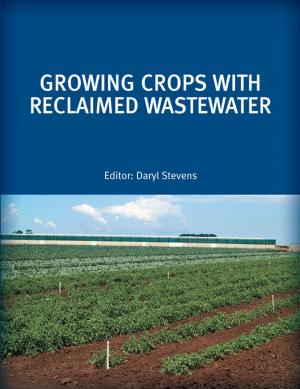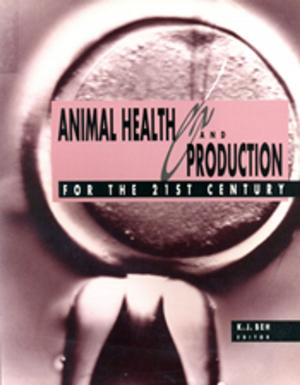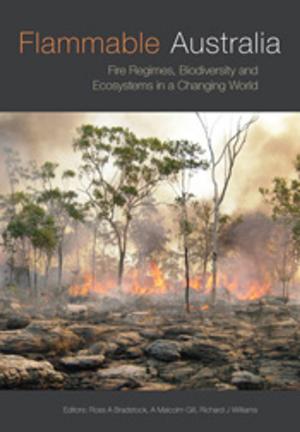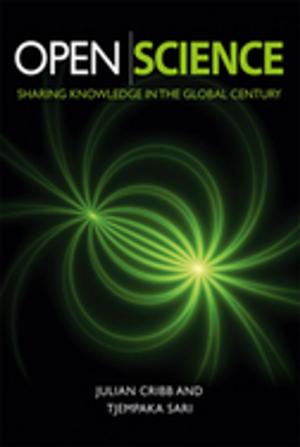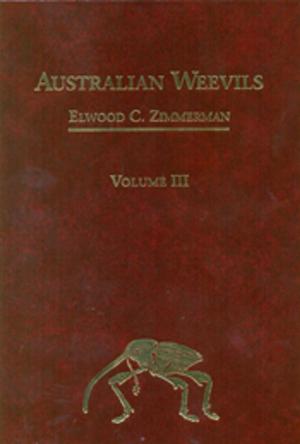Soil Chemical Methods - Australasia
Nonfiction, Science & Nature, Science, Biological Sciences, Environmental Science, Nature| Author: | George E Rayment, David J Lyons | ISBN: | 9780643102187 |
| Publisher: | CSIRO PUBLISHING | Publication: | October 25, 2010 |
| Imprint: | CSIRO PUBLISHING | Language: | English |
| Author: | George E Rayment, David J Lyons |
| ISBN: | 9780643102187 |
| Publisher: | CSIRO PUBLISHING |
| Publication: | October 25, 2010 |
| Imprint: | CSIRO PUBLISHING |
| Language: | English |
Soil Chemical Methods – Australasia describes over 200 laboratory and field chemical tests relevant to Australasia and beyond. The information and methodology provided across 20 chapters is comprehensive, systematic, uniquely coded, up-to-date and designed to promote chemical measurement quality. There is guidance on the choice and application of analytical methods from soil sampling through to the reporting of results. In many cases, optional analytical ‘finishes’ are provided, such as flow-injection analysis, electro-chemistry, multiple flame technologies, and alternatives to chemical testing offered by near-range and mid-range infrared diffuse reflectance spectroscopy. The book supersedes and updates the soil chemical testing section of the 1992 Australian Laboratory Handbook of Soil and Water Chemical Methods of Rayment and Higginson, while retaining method codes and other strengths of that Handbook. Chapters cover soil sampling, sample preparation and moisture content; electrical conductivity and redox potential; soil pH; chloride; carbon; nitrogen; phosphorus; sulphur; gypsum; micronutrients; extractable iron, aluminium and silicon; saturation extracts; ion-exchange properties; lime requirements; total miscellaneous elements; miscellaneous extractable elements; alkaline earth carbonates and acid sulfate soils. In addition, there are informative Appendices, including information on the accuracy and precision of selected methods. This book targets practising analysts, laboratory managers, students, academics, researchers, consultants and advisors involved in the analysis, use and management of soils for fertility assessments, land use surveys, environmental studies and for natural resource management.
Soil Chemical Methods – Australasia describes over 200 laboratory and field chemical tests relevant to Australasia and beyond. The information and methodology provided across 20 chapters is comprehensive, systematic, uniquely coded, up-to-date and designed to promote chemical measurement quality. There is guidance on the choice and application of analytical methods from soil sampling through to the reporting of results. In many cases, optional analytical ‘finishes’ are provided, such as flow-injection analysis, electro-chemistry, multiple flame technologies, and alternatives to chemical testing offered by near-range and mid-range infrared diffuse reflectance spectroscopy. The book supersedes and updates the soil chemical testing section of the 1992 Australian Laboratory Handbook of Soil and Water Chemical Methods of Rayment and Higginson, while retaining method codes and other strengths of that Handbook. Chapters cover soil sampling, sample preparation and moisture content; electrical conductivity and redox potential; soil pH; chloride; carbon; nitrogen; phosphorus; sulphur; gypsum; micronutrients; extractable iron, aluminium and silicon; saturation extracts; ion-exchange properties; lime requirements; total miscellaneous elements; miscellaneous extractable elements; alkaline earth carbonates and acid sulfate soils. In addition, there are informative Appendices, including information on the accuracy and precision of selected methods. This book targets practising analysts, laboratory managers, students, academics, researchers, consultants and advisors involved in the analysis, use and management of soils for fertility assessments, land use surveys, environmental studies and for natural resource management.
